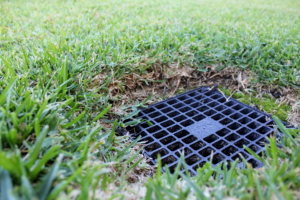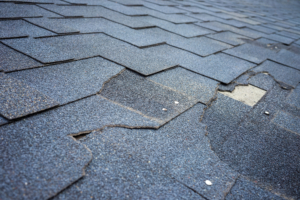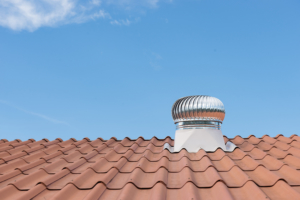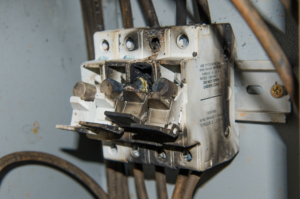Common Home Inspection Deficiencies
Common home inspection issues are more often a geographical pattern, especially for an area like New Orleans, Louisiana. New Orleans is our little tropical fishbowl, it is common to find green algae growing on homes during the Spring, eroding soil around homes (although it should not), or heavy rains causing puddles. Each region has its own problems but that does not mean you cannot mitigate or eliminate the concerns – if it is done correctly.
Here are some of the common home inspection defects:

Grading and Drainage Around the Home or Property
A home inspector will be able to notice any drainage channels throughout the inspection unless it is a subsurface drain line which cannot be seen. Gutters and downspouts are essential to a roof’s ability to shed water and direct it away from the home. Downspouts should terminate at least 6 feet away from the home. As water begins to pool around the home without proper drainage, it can lead to foundation issues and potential mold growth; if it sits around wood it can attract termites. It is important to install proper drainage throughout the property to direct the water away from the home.

Roof Problems
It is highly likely you will see black algae growth on shingled roofs. In our region we have a common type known as gloeocapsa magma – aka blue green algae. This algae growth serves no positives for shingled roofs. It shortens the life expectancy of the roof, compromises the integrity which can lead to easier damage by weather, increase roof weight, and can increase utility bills. Roofs should be cleaned and maintenance at least once a year. Algae is just one of several different issues that can be found on a roof during an inspection. Damaged shingles, lack of gutters, and improper flashing are some of these issues.

Attic Ventilation and Insulation
The U.S. Federal Housing Administration recommends a minimum of 1ft2 of attic ventilation for every 300ft2 of attic floor space – split between positive air flow (soffit vents) and negative air flow (ridge, gable, or turbine vents etc.). It’s common to find homes lacking insulation throughout the attic and it may be difficult for an inspector to visually inspect all areas of the attic. Vapor barriers should face the warm side of the space to be insulated, so in an attic, unless you lift the insulation up you won’t see the barrier. It’s also important to confirm that electric turbines (Whirlybirds) are functional in order to push that hot air out the attic. Proper ventilation and insulation allow the home to heat and cool efficiently and reduce moisture to prevent mold or inorganic growths. Attics are great places to get a better visual on electrical and plumbing systems too.

Plumbing Problems
Plumbing issues can lead to costly repairs and create serious health concerns. Because plumbing repairs and maintenance are not cheap, homeowners tend to become their own licensed plumber in a time of need – not to be shameful of this, desperate times calls for desperate measures, right?
Visual defects in plumbing systems are leaks, slow drainage, low water pressure, a shuttering sound when turning off the faucets, improper drain traps, and several other indicators. It’s important to keep plumbing systems maintenance and serviced annually, those minor fixes that get put to the side can turn into greater problems down the road if not handled.

Electrical Deficiencies
Home inspectors are not licensed electricians, though we may be able to spot concerning installations and wiring issues, we can’t find them all. It’s important to have a licensed electrician evaluate and inspect (in his/her field of expertise) the home you are trying to buy. Failing electrical systems that are either not compatible for your lifestyle or too old to handle the weight are systems that need to be changed immediately. Some visual defects are stripped wires, incompatible breakers (size or brand), lack of GFCI outlets in kitchens, bathrooms, and exterior, exposed junction boxes, and black soot markings. Electrical systems can pose as serious health risks and are the most common cause of house fires.

Call Craig Wodehouse with Swampland Home Inspections at 504-982-8288 or email him at swamplandhomeinspections@gmail.com for all your home and sewer scope inspection needs! We offer 24/7 communication and support, same day report delivery, and much more. Be sure to check us out on Facebook and join our community – click the Facebook button down below!
